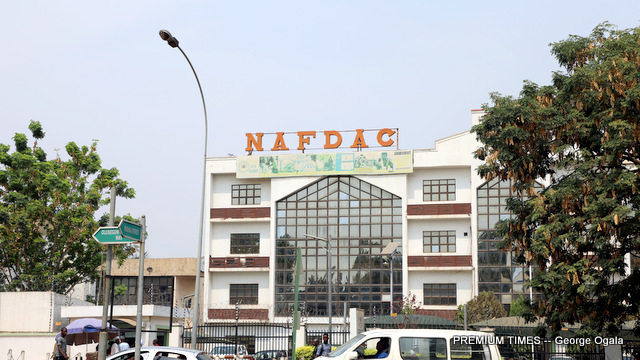A satellite orbiting high above the Earth is giving researchers valuable insight into the health of a Nova Scotia river that acts as a vital habitat for endangered species and is beloved by paddlers, anglers and birders alike.
The images captured by the European Space Agency’s Sentinel-2 mission are at the heart of a new Canadian study showing where conservation efforts for the St. Marys River and its lush embankment have been successful.
It’s the first time researchers with the Department of Fisheries and Oceans have used the satellite, which can provide images so detailed they can help determine whether environmental changes are natural or caused by humans.
“We used any higher quality image that would better capture small-scale changes than other satellites used at a national level,” said Caelin Murray, an aquatic biologist with DFO and the study’s lead researcher.
Most of watershed undisturbed
The study found the St. Marys River watershed area is “relatively undisturbed,” with 75 per cent unaffected by human activities or natural disasters. Of the remaining 25 per cent of land, which has been disturbed largely by historical clear cutting and agricultural practices, very little is regenerating.
Researchers were particularly focused on the strip of land that runs along the river’s edge — known as a riparian zone — because of its importance to land and aquatic species, said Aimee Gromack, a senior biologist at DFO and a member of the research team.
The team kept an eye out for run-off chemicals and a decrease in vegetation, among other factors that could negatively impact the environment.
The study found 19 per cent of the riparian zone was disturbed, with nine per cent of that habitat showing signs of regeneration.
Gromack said the vegetation in this zone provides shading, filters the water from run-off chemicals, and serves as a shelter for other species, so any disturbance could affect the entire ecosystem.
Nearby trees that provide shade and keep the river water cool, for example, are important for the survival of endangered Atlantic salmon, which are very susceptible to warmer temperatures.
Sharper satellite images
Murray said the team chose the St. Marys River for the study because it has “very little human impact” in comparison to other watersheds, so researchers could better understand what conservation methods have worked in the area, including initiatives by local organizations and land trusts.
The Sentinel-2 mission was the best option for the work because it offers images two times clearer than NASA’s Landsat 9 satellite. Additionally, the European satellite provides more up-to-date data because it revisits the same site every five days, considerably shorter than the Landsat 9’s 16-day interval, said Murray.

Jaimee Morozoff, director of conservation with the Nova Scotia Land Trust, said the DFO study will help the organization evaluate its conservation strategies. The trust has already protected approximately 902 hectares of land on the St. Marys River.
“We’re [a] science-based organization. We want to make the best decisions for biodiversity using the most up-to-date information,” said Morozoff. “This is a great tool to help us inform some of the decision-making.”
Morozoff said she hopes the study will promote similar research in areas that are not as well preserved as the St. Marys River.
Gromack agreed, saying this kind of research could guide protection efforts beyond the St. Marys River for years to come.
“This analysis could be done with other watersheds to sort of better determine where there’s any opportunities for conservation to look more closely at those areas and think about options,” said Gromack.






